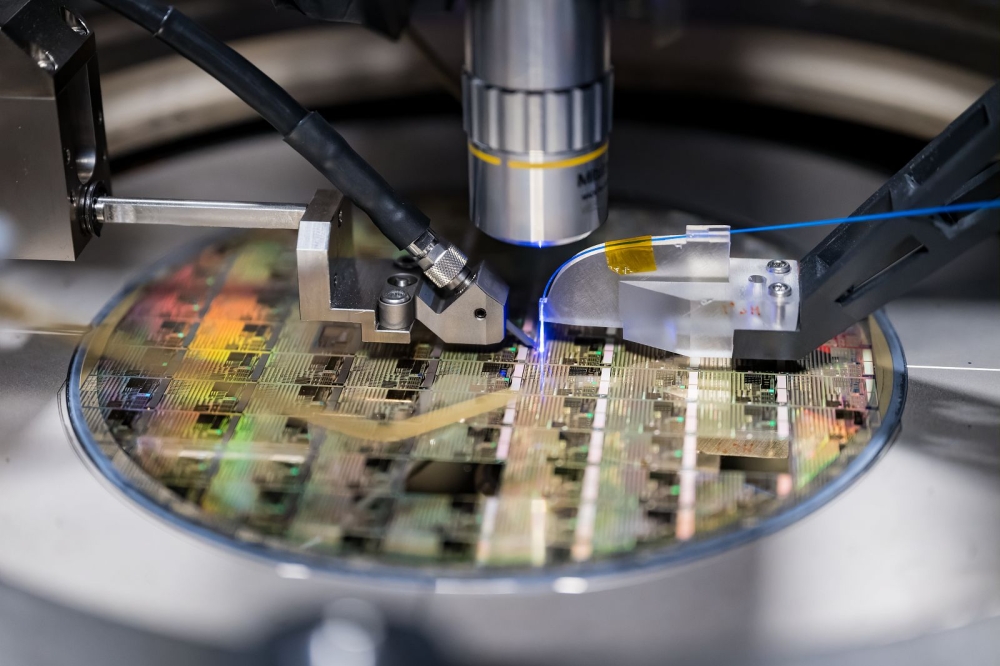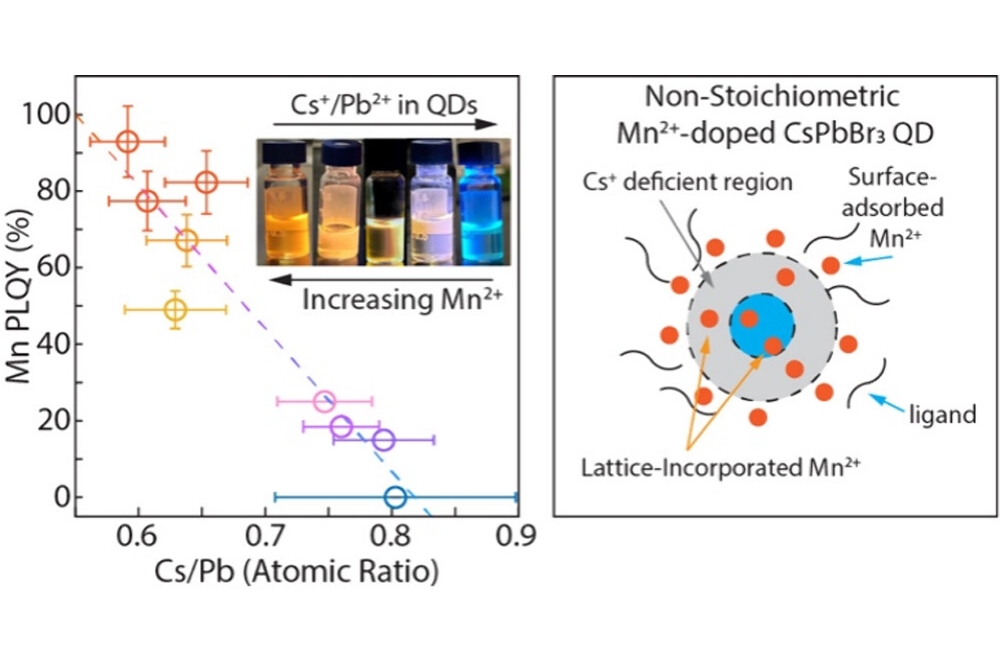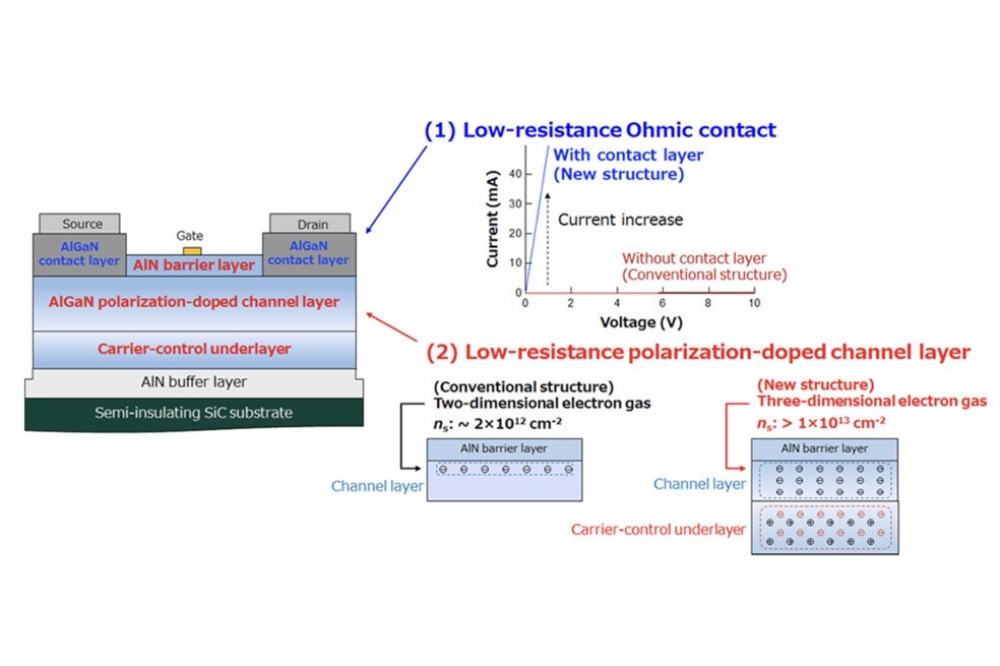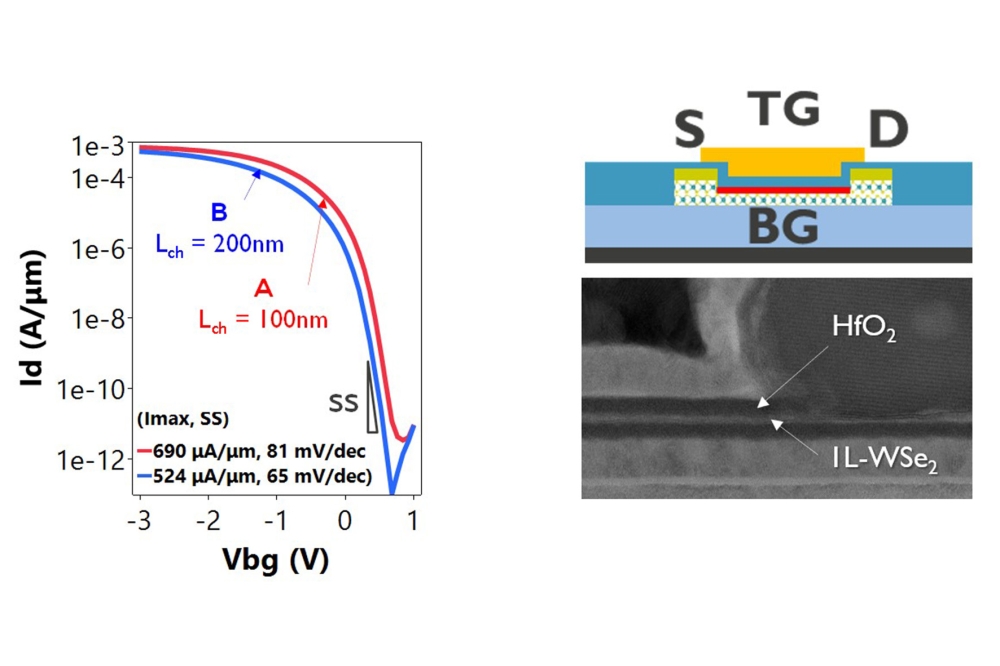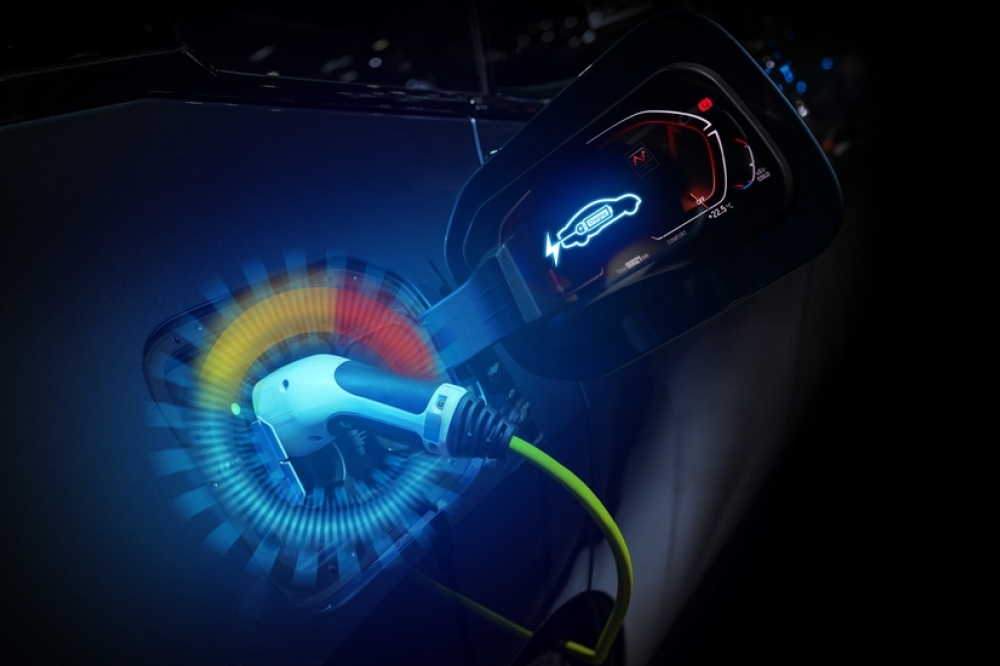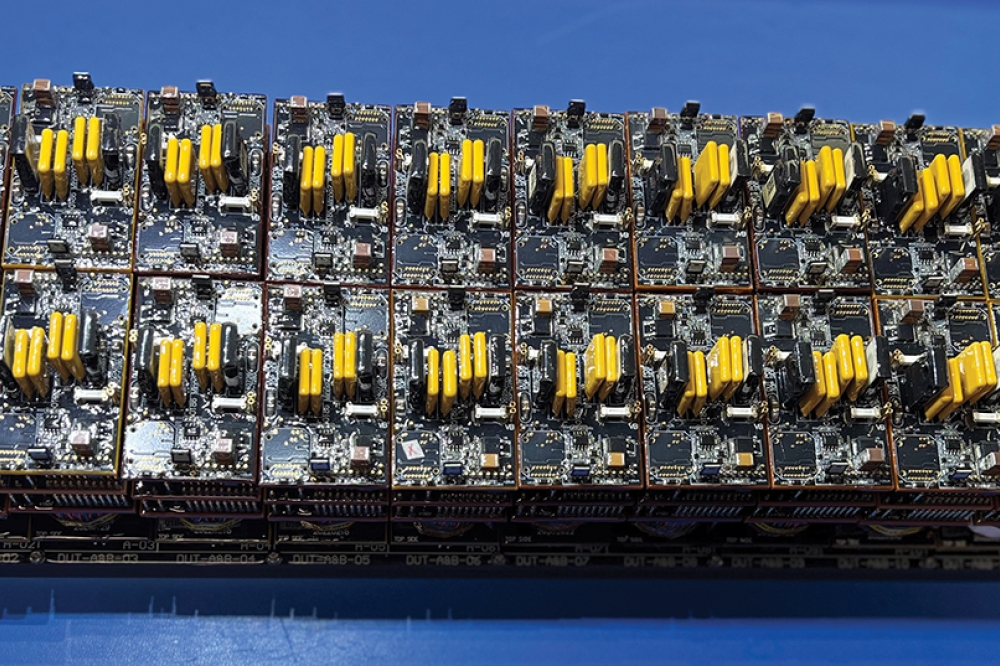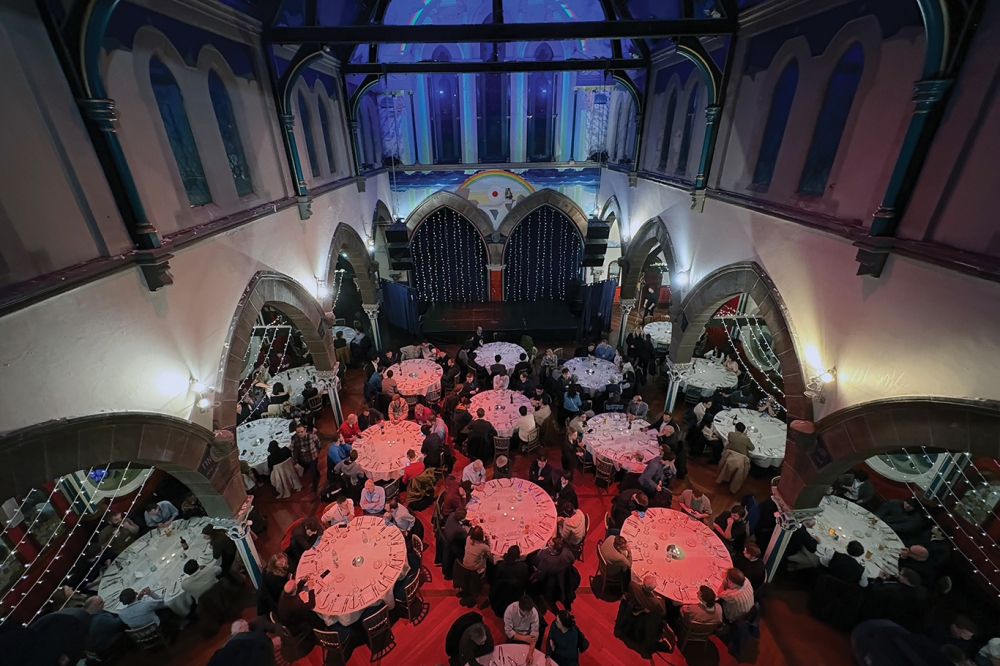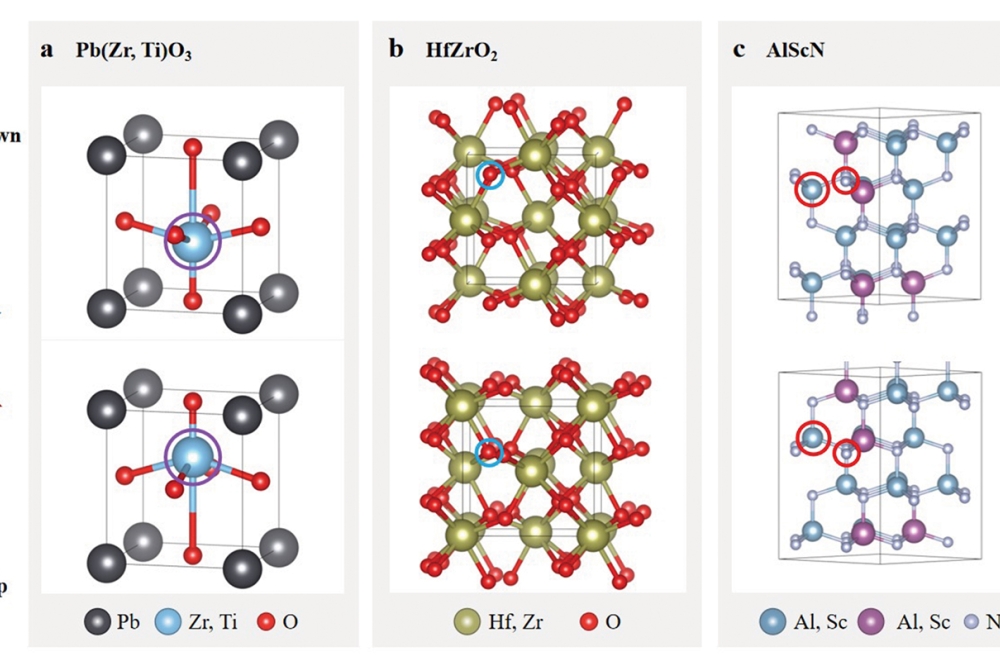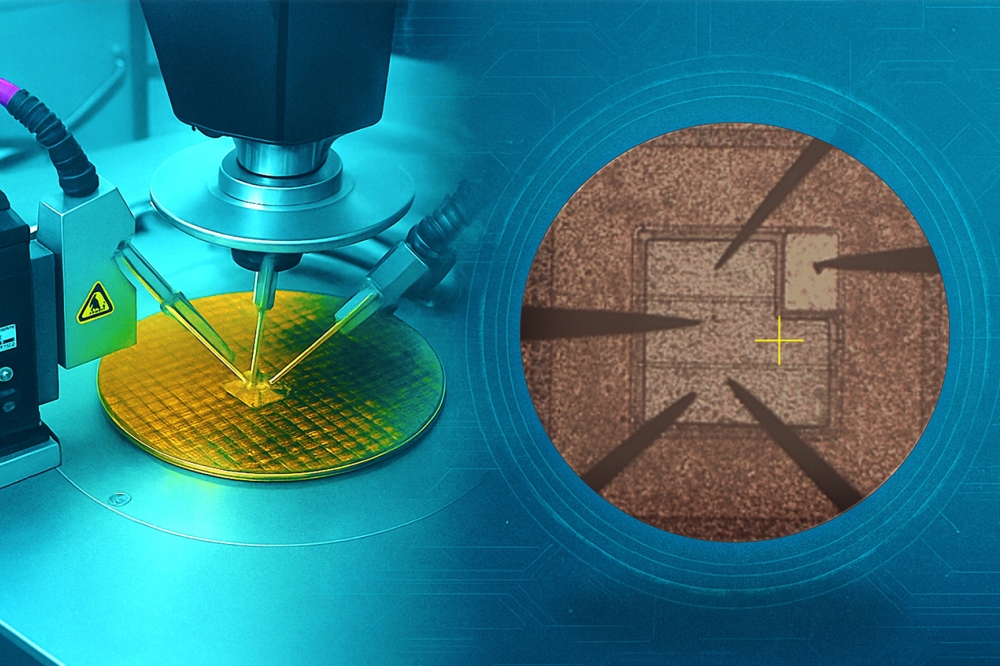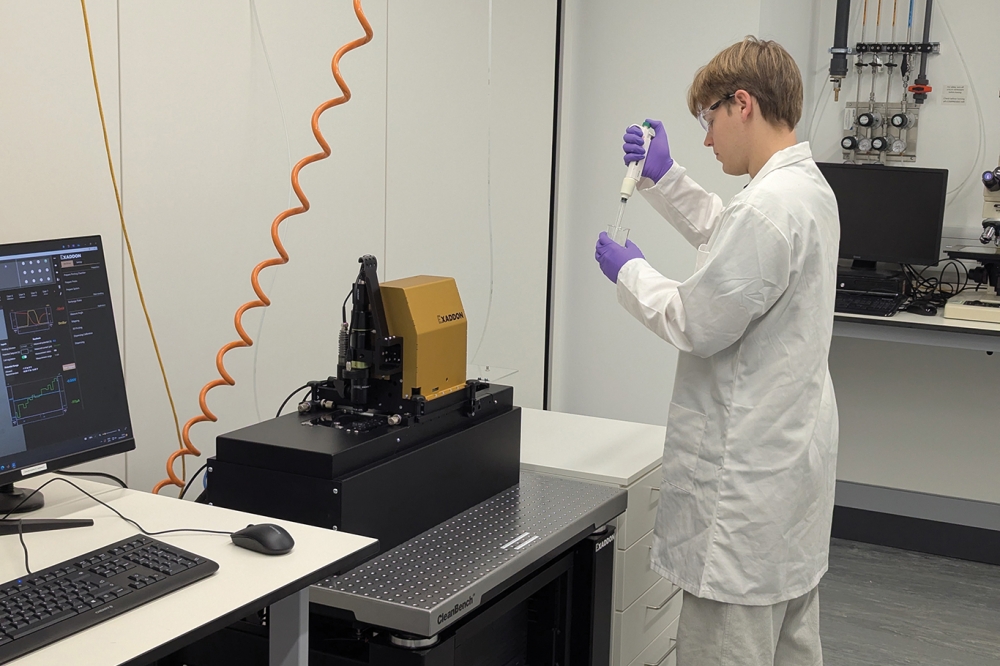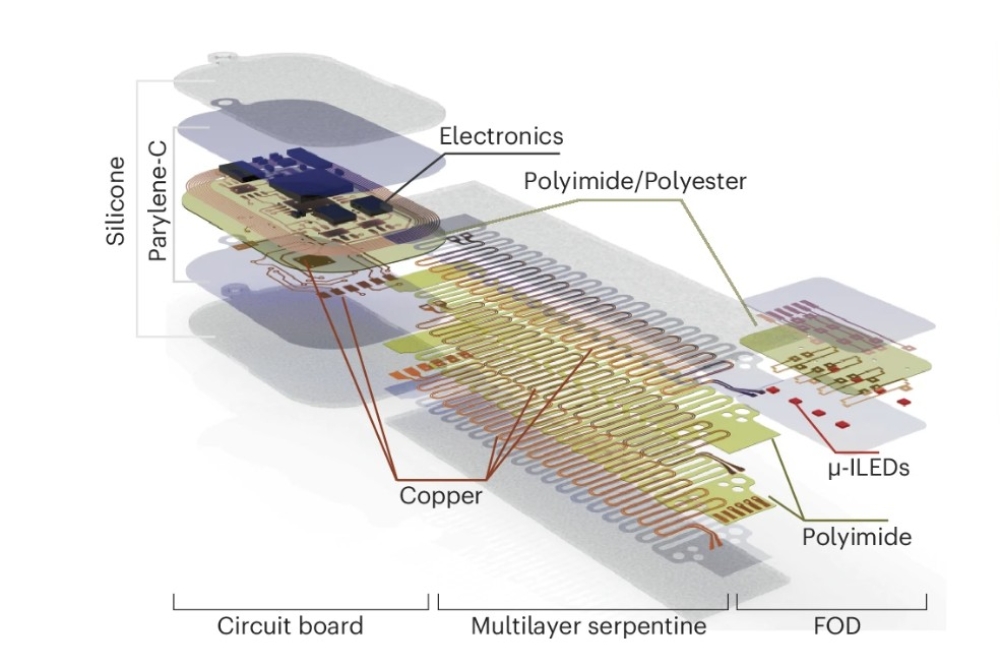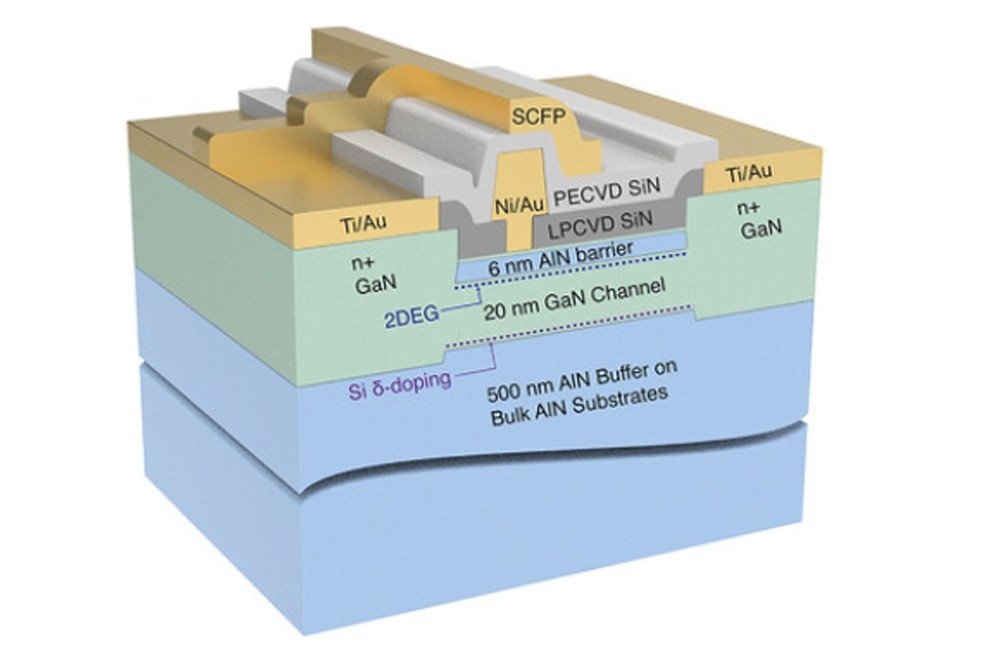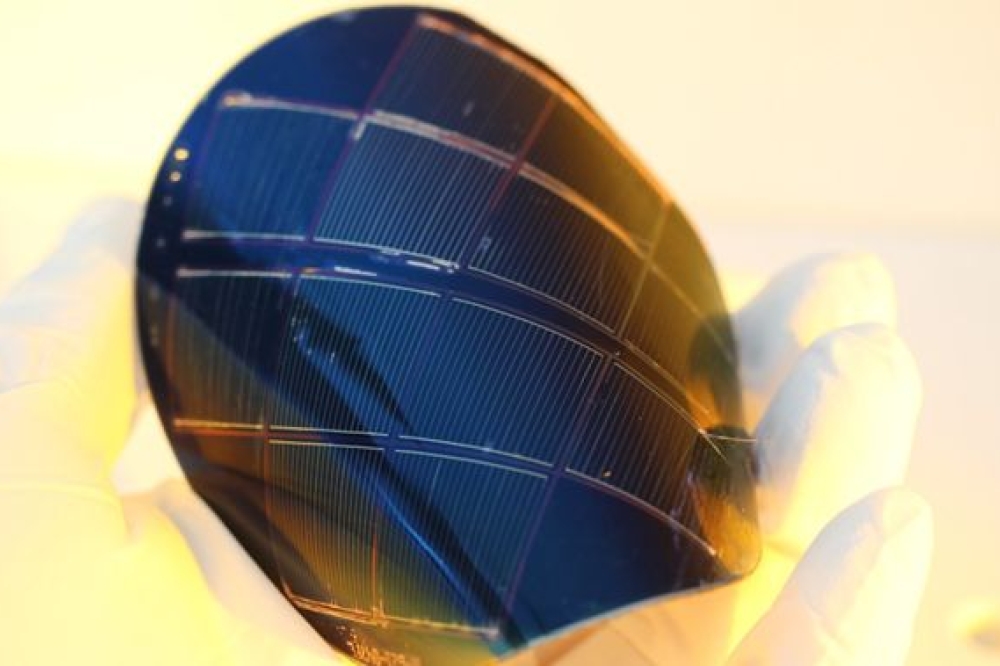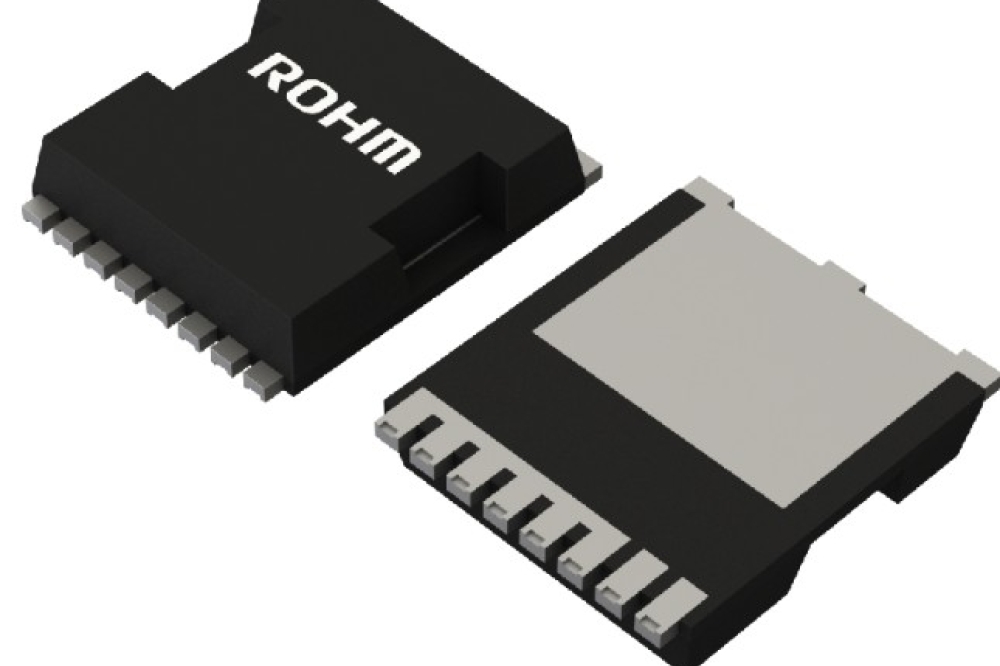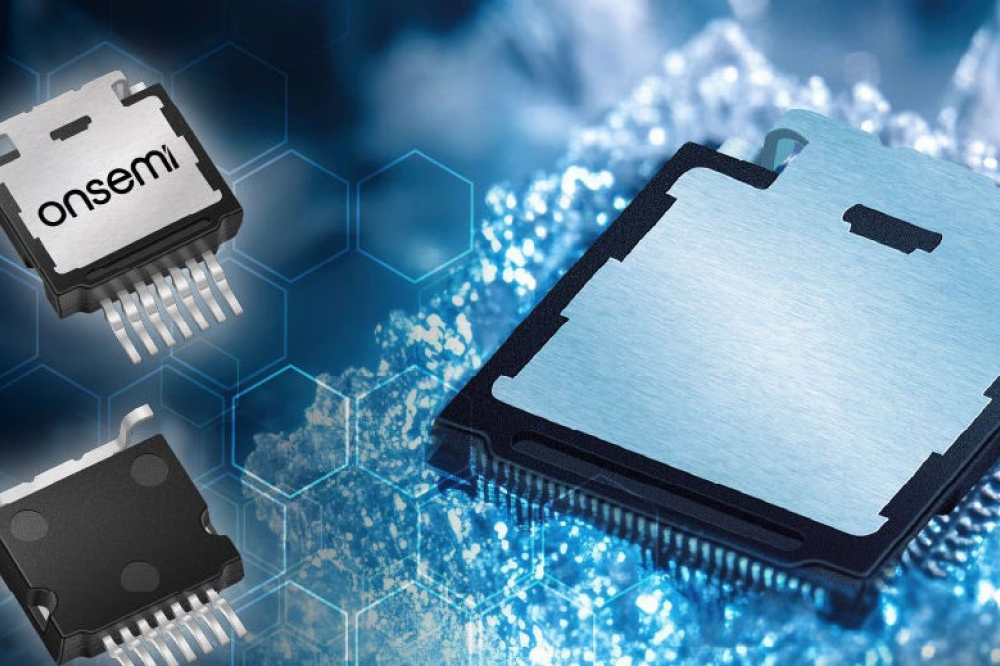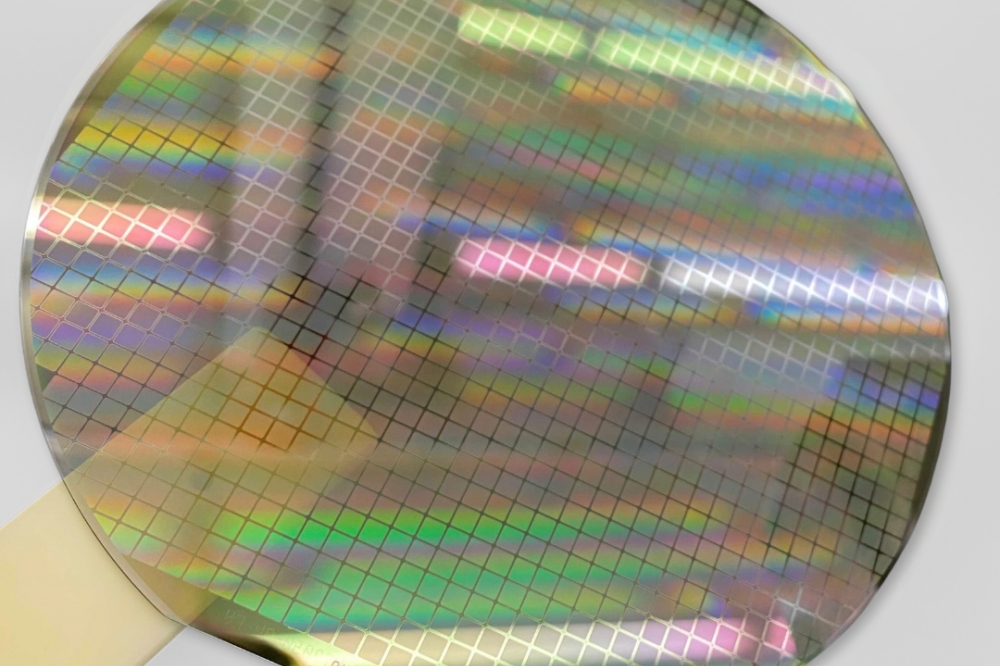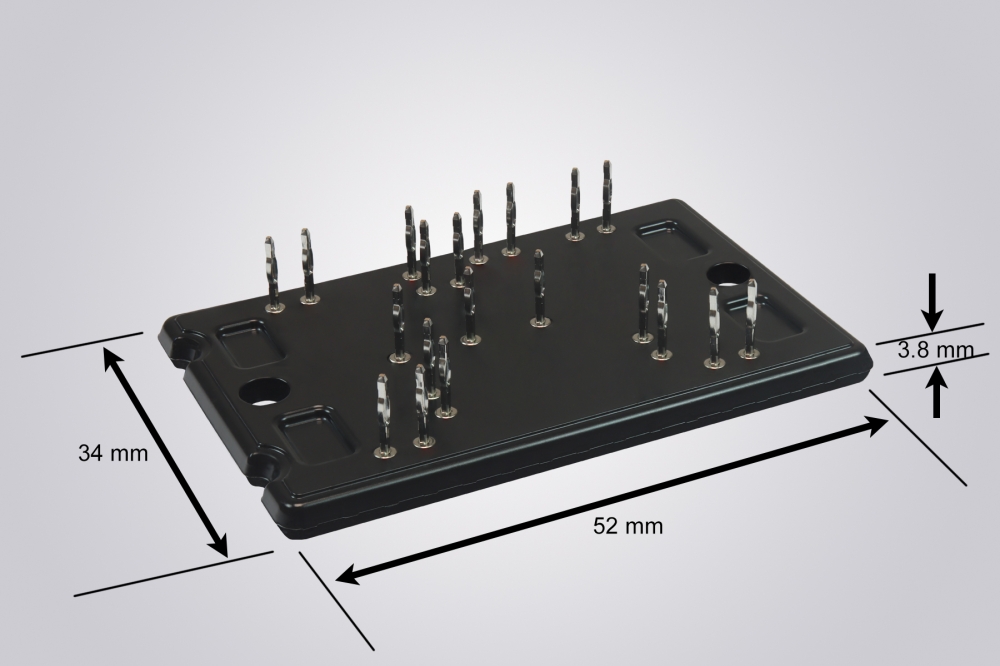Precursor modulation enhances DUV LED efficiency
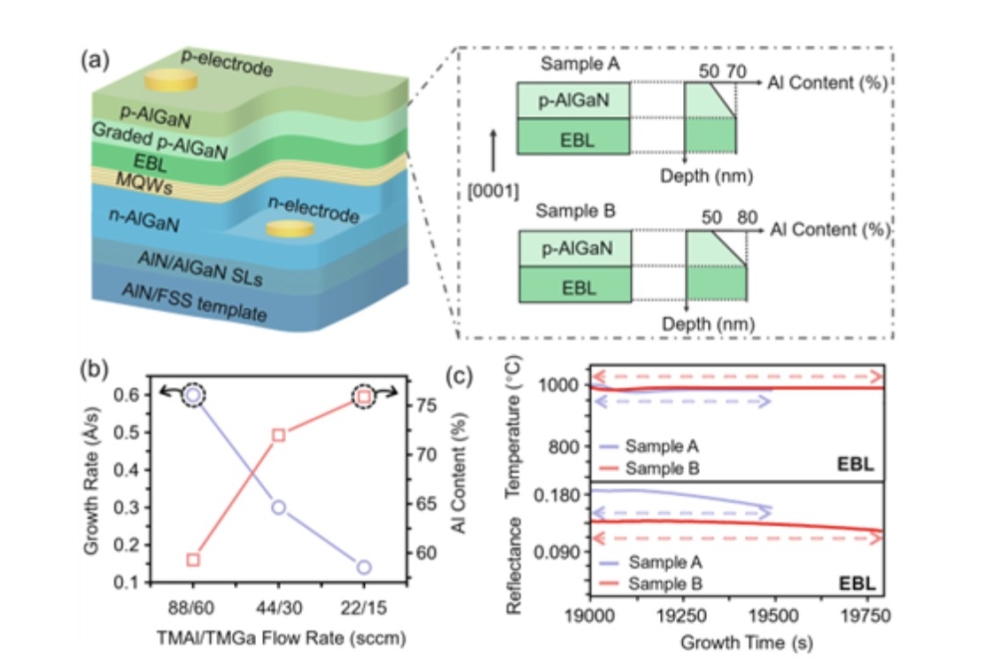
Researchers from Wuhan University in China have reported a feasible precursor modulation strategy to grow the p-Al0.8Ga0.2N electron blocking layer (EBL) to enhance the optoelectronic properties of deep-ultraviolet LEDs.
“We reveal that the proposed precursor modulation strategy, which involves reducing the flow rates of TMAl and TMGa while maintaining the Al/Ga ratio, can increase the Al content in the as-grown p-AlGaN and minimise carbon impurity incorporation. As a result, we achieve the p-Al0.8Ga0.2N EBL with an ultralow carbon concentration of 1016 cm-3, significantly improving the conductivity of the p-Al0.8Ga0.2N EBL.” said Shengjun Zhou, who directed the research.
AlGaN-based DUV LEDs have garnered considerable attention due to their diverse range of applications. However, there is still a large gap in device performance to meet the requirement of mass commercial application, where carrier injection is one of the difficulties to be overcome.
Owing to the asymmetric mobility of holes and electrons for III-nitride materials, electrons tend to readily overflow toward the p-side without combination within the active region. The high-Al-content p-AlGaN EBL is essential for preventing electron overflow in DUV LEDs, but it has inherently suffered from poor conductivity due to carbon impurities acting as donor-like compensating defects. These impurities are often incorporated into the epilayers during the MOCVD process.
To address these issues, the researchers proposed an innovative group-III nitrides precursor modulation strategy that reduces the flow rates of TMAl and TMGa while maintaining the Al/Ga ratio. This technique resulted in an ultralow carbon concentration of 1016 cm-3 in p-Al0.8Ga0.2N EBL, significantly improving the conductivity of the EBL.
Besides, due to the high initial composition in the EBL, a larger compositional gradient in the adjacent p-AlGaN graded layer increases bulk polarisation-induced hole concentration compared with the p-Al0.8Ga0.2N EBL. Consequently, the proposed DUV LEDs show a 20 percent enhancement in LOP and a 6 percent reduction in operation voltage at 40 mA in the proposed DUV LED statistically.
'Manipulating precursors of group-III nitrides for high-Al-content p-AlGaN toward efficient deep ultraviolet light emitters' by Ziqi Zhang et al; Applied Physics Letters 2024, 125(24), 241109.


